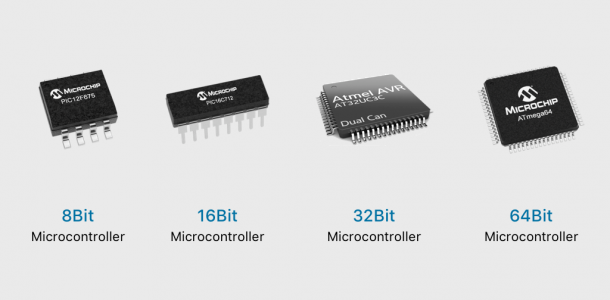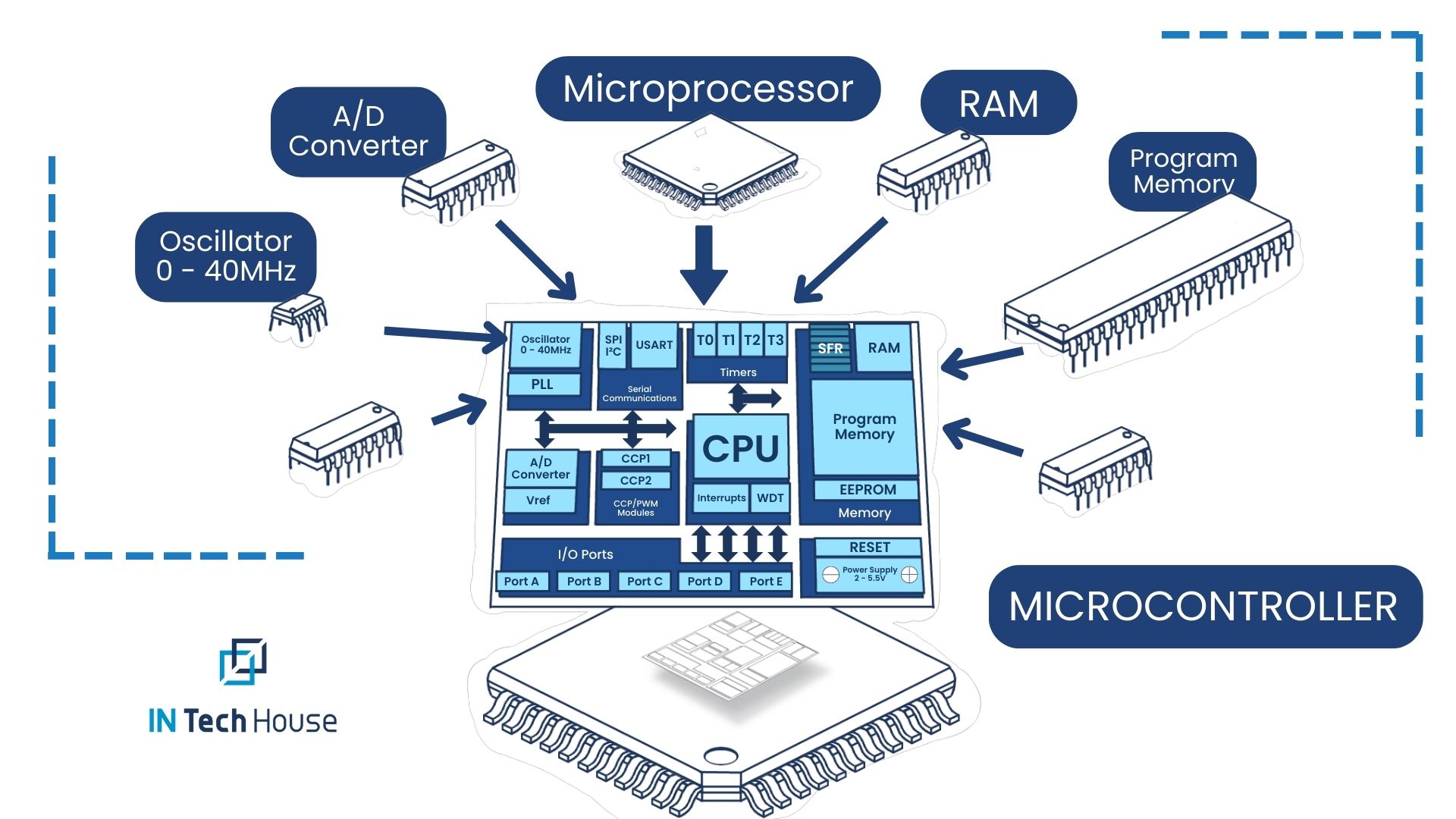How to Choose Right Type of Microcontroller Circuit Diagram Microcontrollers (MCUs) are essential components in modern electronic systems, integrating processors, memory, and I/O peripherals into a single chip. They are key to powering everything from consumer electronics to industrial automation.Choosing the right microcontroller involves considering factors such as performance, power consumption, and peripheral support to meet the specific needs of Without the right tools the development process could become tedious and expensive. Step 10: Start Experimenting. Take advantage by building up test circuits and interfacing them to the microcontroller. Choose high risk parts and get them working on the development kit. It may be that you discover the part you thought would work great has I hope that this guide helps you to navigate the sometimes intimidating process of choosing one microcontroller from among the thousands that are commercially available. After you've chosen a device, it's time to start reading the datasheet and designing the system, and we'll take a look at these topics in future articles.

When choosing a microcontroller, the decision process becomes a bit more complicated. There are thousands of microcontrollers on offer and it's a daunting task trying to choose the right one. Often enough, there are plenty of options that are right for the job. There's also plenty that aren't right. Choosing the right microcontroller for a project is always a complex decision to make because it is the heart of the project and success or failure of the system depends on it. There are a thousand different type of microcontrollers, each of them with a unique feature or competitive advantage from form factor, to package size, to the capacity

10 Steps to Selecting a Microcontroller Circuit Diagram
Another important factor for choosing the right microcontroller is its operating voltage. Different microcontrollers work at different voltages, like 3.3V, 5V, or others, and it's vital to consider your project specifics when choosing the right one. The performance of the microcontroller increases with the increase in bit size. 8-bit microcontrollers have 8- data lines and the representation of every instruction, address, variable or register takes 8-bit. 8-Bit microcontrollers have only 255 unique memory locations and hence are used for smaller applications.

Also, in industrial settings, it can be used to control temperature or pressure, count time, measure speed, or activate the braking system. Because microcontrollers are suitable for specific tasks, it is essential to choose a microcontroller that is most appropriate for a project. There are many factors to consider. Power efficiency. There is a
